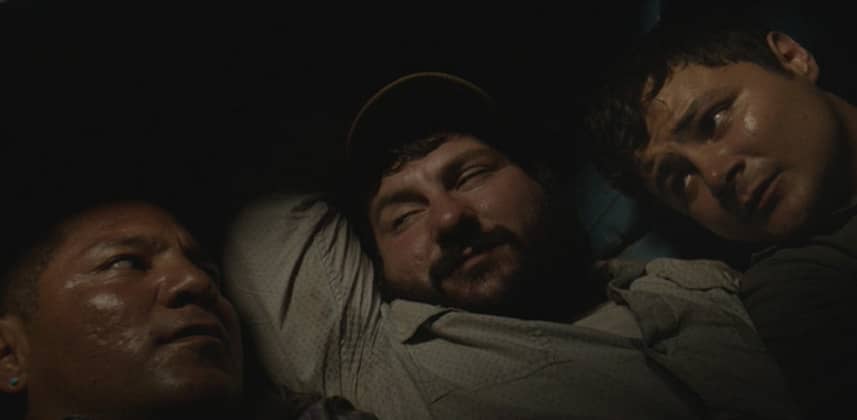| Series |
|---|
I always try and share the best moments from my grading suite but in the real world it’s not always fun and games.
I recently had one of the hardest sessions in recent memory.
I was working with a very established photographer who has spent the last 15 years Photoshopping his own images…you can imagine he wasn’t overly thrilled to have to work with a colorist on images.
We butted heads as you could imagine and at one point he asked for my Wacom pen to grade it himself.
I had two choices on how To respond
A) Get angry and ruin a relationship with one of my favorite advertising agencies
or
B) Keep my cool and work on communicating with him better as in past experience any raised emotions in a grade were people being scared and out of their depth or nervous about the project in general.
I choose option B as I know from previous stories that clients don’t care if you are technically right about anything they want someone who is a great collaborator and is fun to work with.
Our Goal When Grading
We spend countless hours researching our craft on a technological level but how many hours do we spend focusing on communication?
If you watch the video insight below I explain in more detail how the session ran but the key to turning this particular session around was quite easy.
The client was getting aggressive as he would suggest a photographic technique and I would tell him that’s cool but that is the same as this way of doing it in video.
From his point of view, I was refusing to use his techniques even if it was unintentional.
It took me almost half a day to figure that out.
Once I swapped over to using my ears to listen and follow his techniques rather than being stubborn and using my video knowledge things went amazingly well instantly.
One example of this was his approach to contrast. He wanted me to:
- Duplicate the image.
- Overlay the image on top
- Then use opacity to control the contrast.
Obviously, we know that there are far faster ways to achieve the end result but if it keeps our client happy why not!
To close I know when I read forums we discuss things in a sometimes heated manner about the correct way to do things but sometimes it’s better for our business to humor clients to ensure repeat business.
I know I’d rather get paid than always do things the “correct” way.
Check out out my video below for more!
-Dan
Member Content
Sorry... the rest of this content is for members only. You'll need to login or Join Now to continue (we hope you do!).
Need more information about our memberships? Click to learn more.
Membership optionsMember Login


